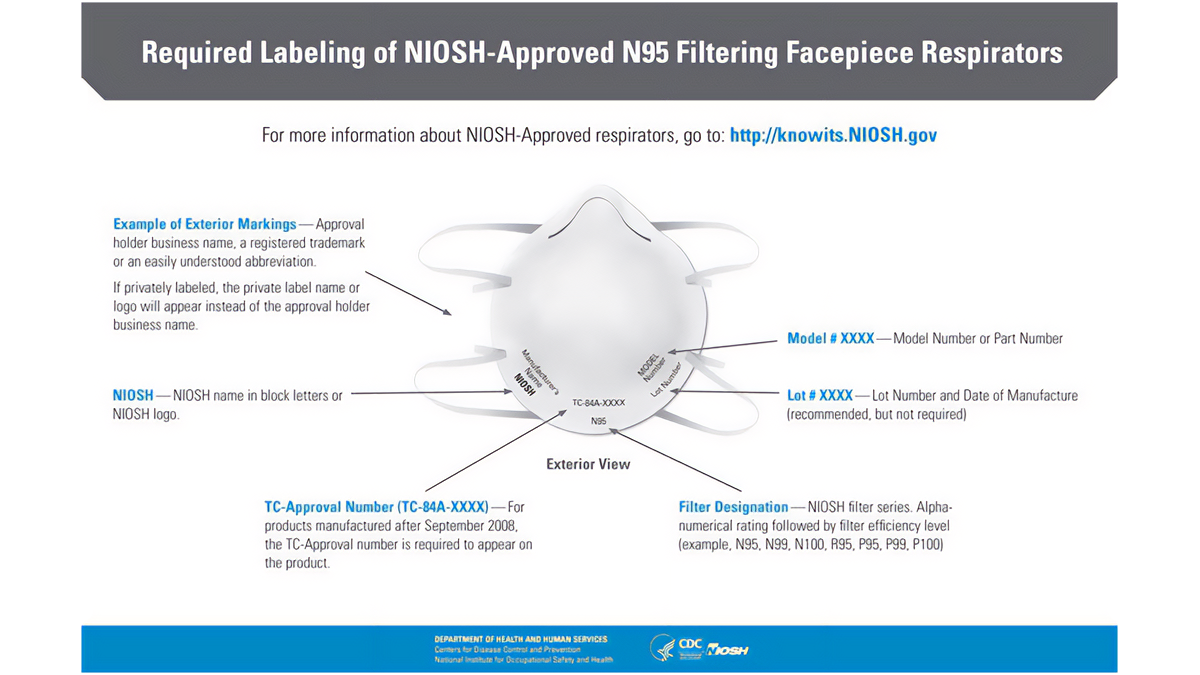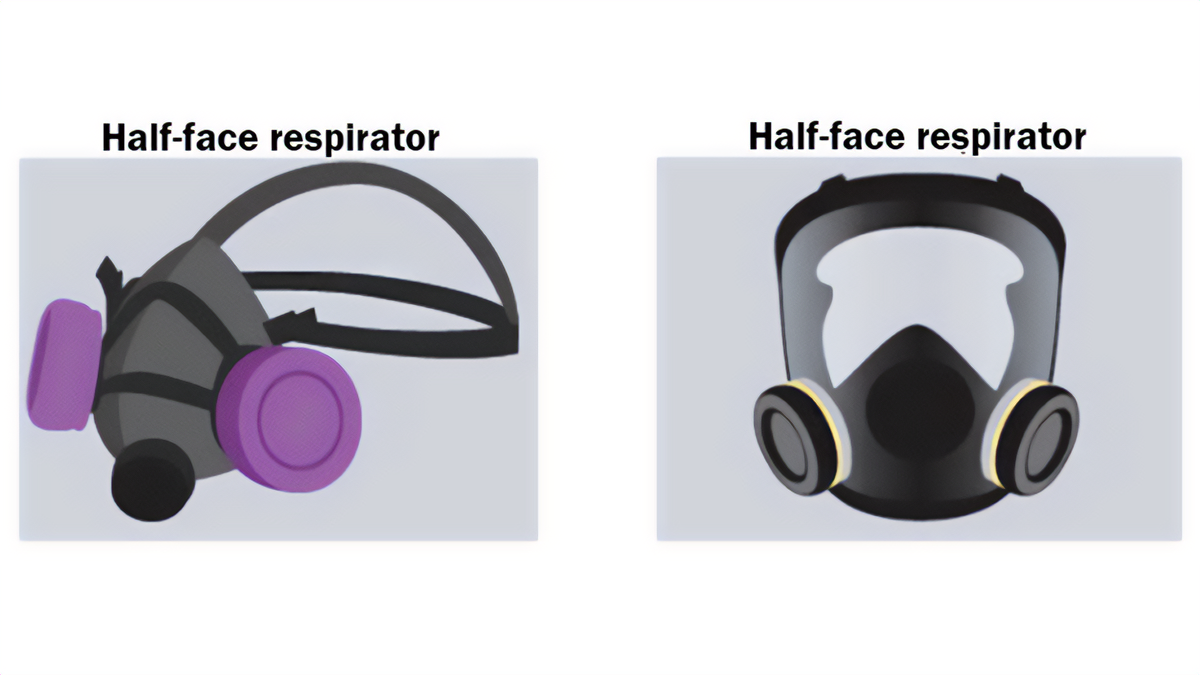Key points
- Mold can cause many health effects.
- Protect your lungs from mold by wearing a respirator while cleaning up your flooded home.
Mold can make you sick
Mold can cause many health effects.
For some people, mold can cause a stuffy nose, sore throat, coughing or wheezing, burning eyes, or skin rash.
For others, the effects are more severe.
People with asthma or who are allergic to mold may have severe reactions. People with weakened immune systems or chronic lung disease may get infections in their lungs from mold.
If you have a respiratory condition like asthma or COPD or a weakened immune system stay away from moldy spaces.
Protect kids from mold
Do I have mold in my home?
Was your home flooded? If it was, and you could not completely dry it out (including things like your furniture and rugs) within 24-48 hours, you probably have mold.
What if I don't see mold?
Wear a respirator
If there is mold in your home (or you suspect that mold growth has occurred), protect your mouth and nose against breathing in mold by wearing at least a disposable, NIOSH-approved N-95 filtering facepiece respirator (often called an “N-95 respirator” or “N-95 mask”).
You can buy respirators at your local home supply store. Look for a respirator approved by CDC’s National Institute for Occupational Safety and Health (NIOSH).

If you plan to spend a lot of time (more than 4 hours) removing moldy items or doing work like ripping out moldy drywall, think about wearing a reusable half-face respirator or full-face respirator. You can get these at home supply stores, too.

Warning
Wear goggles, gloves, boots, long sleeves and long pants, too.
More information about how to protect yourself and your loved ones in any moldy site is available here:
Inside the home
Before you enter your home or any other building, you and your family should wait until local authorities tell you it is safe.
If you have to be around mold or dust (which can contain mold):
- Limit your contact with the mold or dust as much as you can.
- Use wet mops or vacuums with HEPA filters instead of dry sweeping.
- Wear a respirator like a NIOSH-approved N-95 respirator that protects against dust in the air.
Guidelines for wearing a respirator:
- If you wear a respirator at work and have received training and fit testing there, use the same make, model, and size of respirator at home as you do at work.
- Make sure the respirator fits properly, even if not fit-tested, by following the instructions on the package. To get the most protection users should be clean-shaven in the areas where the mask seals to the face.
- Avoid touching the outside of the respirator so you do not get mold on your hands. When you finish using the respirator, throw it away so that children and others will not touch it. NIOSH-approved N-95 respirators should be thrown away whenever they are damaged, soiled, or are noticeably harder to breathe through. Follow the manufacturer's recommendations for specific information on when to replace the respirator you are using.
- Take a break every hour or so (away from the moldy site) to drink some water and to get a break from wearing the respirator.
- Stop working and contact a doctor or other medical provider if you have trouble breathing or any other trouble when you wear a respirator.
Read more about what to wear when entering a home or building with mold damage:
You can find more information about building safety at these websites:
Outside the home
You do not usually need to wear a respirator when you are outside. However, when you are in a very dusty environment (for example, if you are shoveling debris, sweeping dust, or using power equipment), then you may want to wear a NIOSH-approved N-95 respirator.
